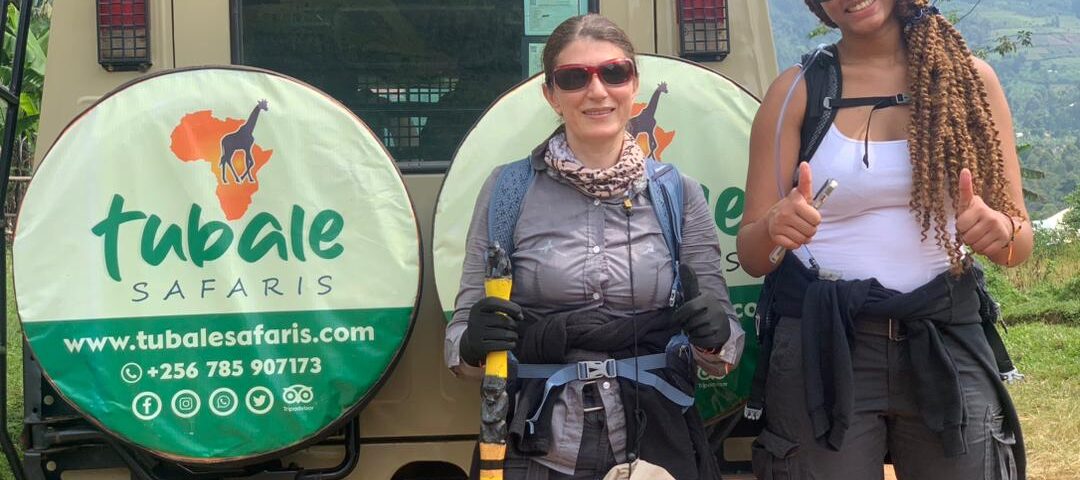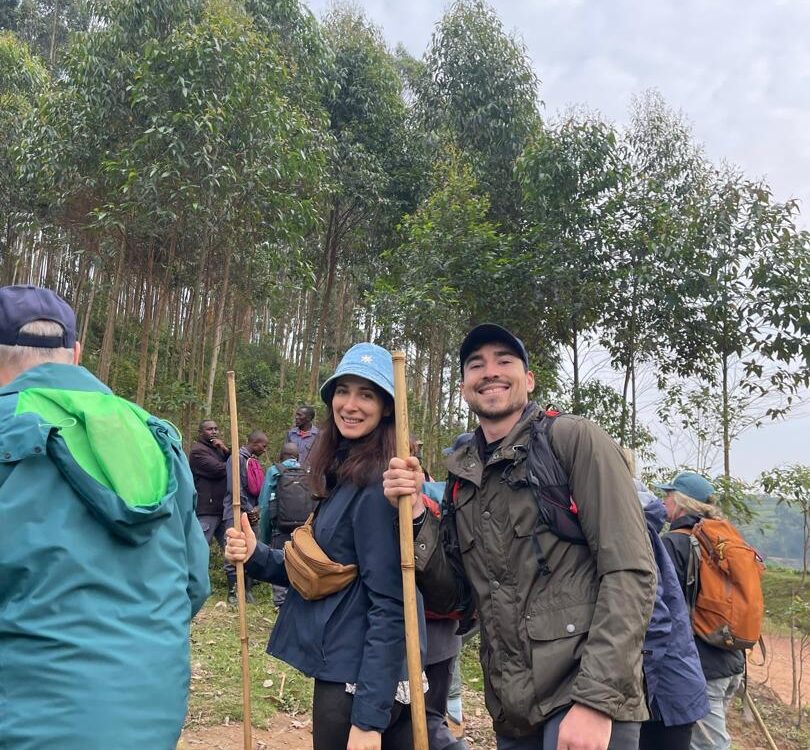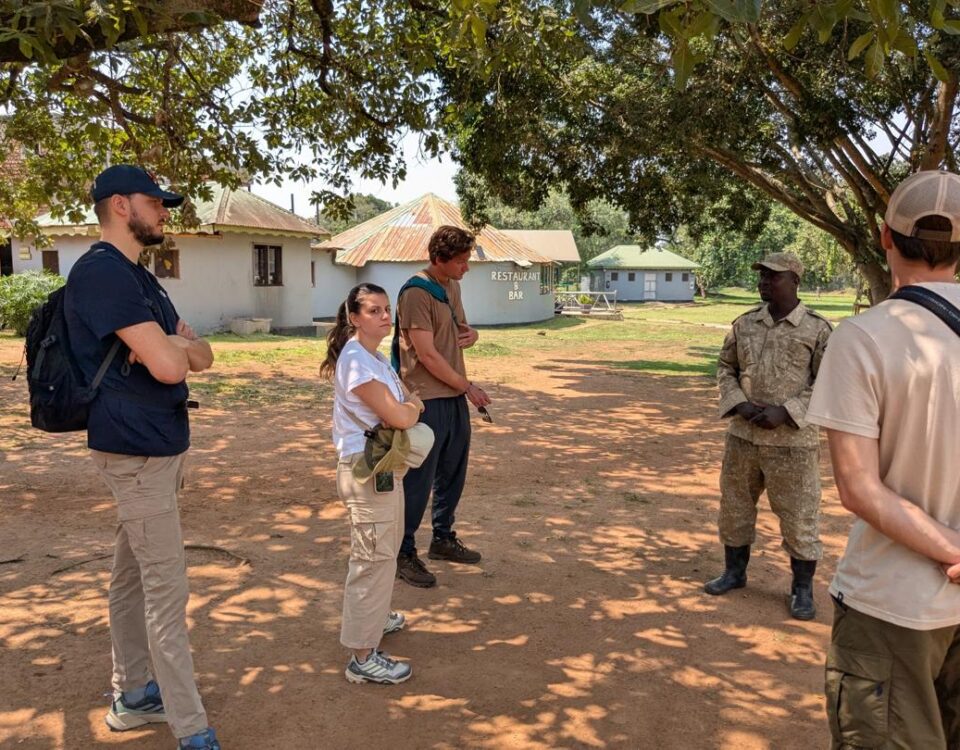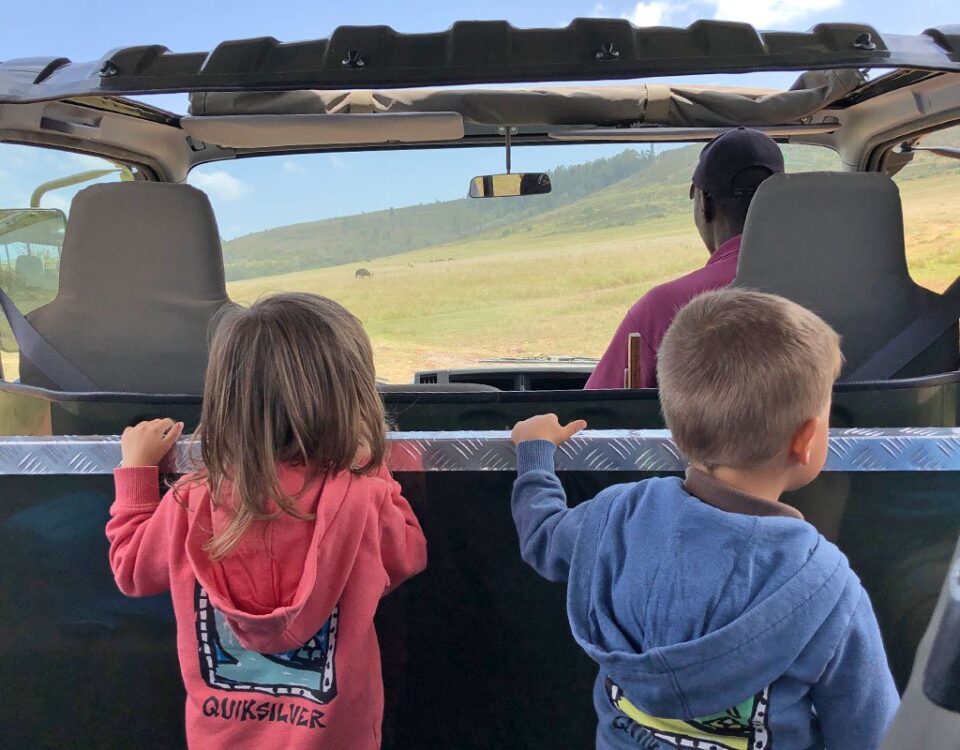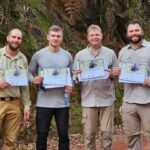
Do I Need Hiking Experience for Rwanda Gorilla Trekking?
May 14, 2025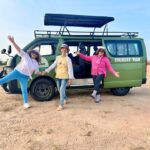
Do I Need to Be Fit for Rwanda Gorilla Trekking?
May 15, 2025Do I Need Insect Repellent for Rwanda Gorilla Trekking?
Rwanda is widely regarded as one of the top destinations for gorilla trekking in Africa. With its stunning Volcanoes National Park providing a sanctuary for the endangered mountain gorillas, a Rwanda safari offers a once-in-a-lifetime opportunity to get up close and personal with these majestic creatures. However, as exhilarating as Rwanda gorilla trekking is, there are certain precautions that you need to take to ensure a safe and comfortable experience. One question that frequently arises is whether insect repellent is necessary for gorilla trekking in Rwanda.
In this comprehensive guide, we will explore why insect repellent is an essential item for your Rwanda safari, the types of insects you may encounter, and how to best prepare for a successful and safe trek in the forest. Whether you’re embarking on a private gorilla trekking tour or participating in a group trek, understanding the role of insect repellent will help you enjoy your gorilla trekking in Africa experience without unnecessary discomfort.
Uganda Gorilla Trekking Safari Packages and Tours
- 3 Days Gorilla Habituation Safari
- 3 Days Gorilla Trekking Tour
- 3 Days Uganda Fly to Bwindi
- 5 Days Wildlife & Gorilla Safari
- 7 Days Uganda Gorilla Safari
- 8-Day Gorilla & Wildlife Tour
- 9 Days Best of Uganda Safari
- 5 Days Gorilla & Rafting Safari Uganda
- 6 Days Primates Safari Tour
- 10 Days Birding Tour Uganda
- 10 Days Uganda Wildlife Tour
- 12 Days Uganda Wildlife Tour
- 13 Days Pearl of Africa Tour
- 15 Days Uganda Safari
- 18 Days Uganda Safari
- 21 Days Birding Uganda Safari
- 24 Days Best of Uganda Tour
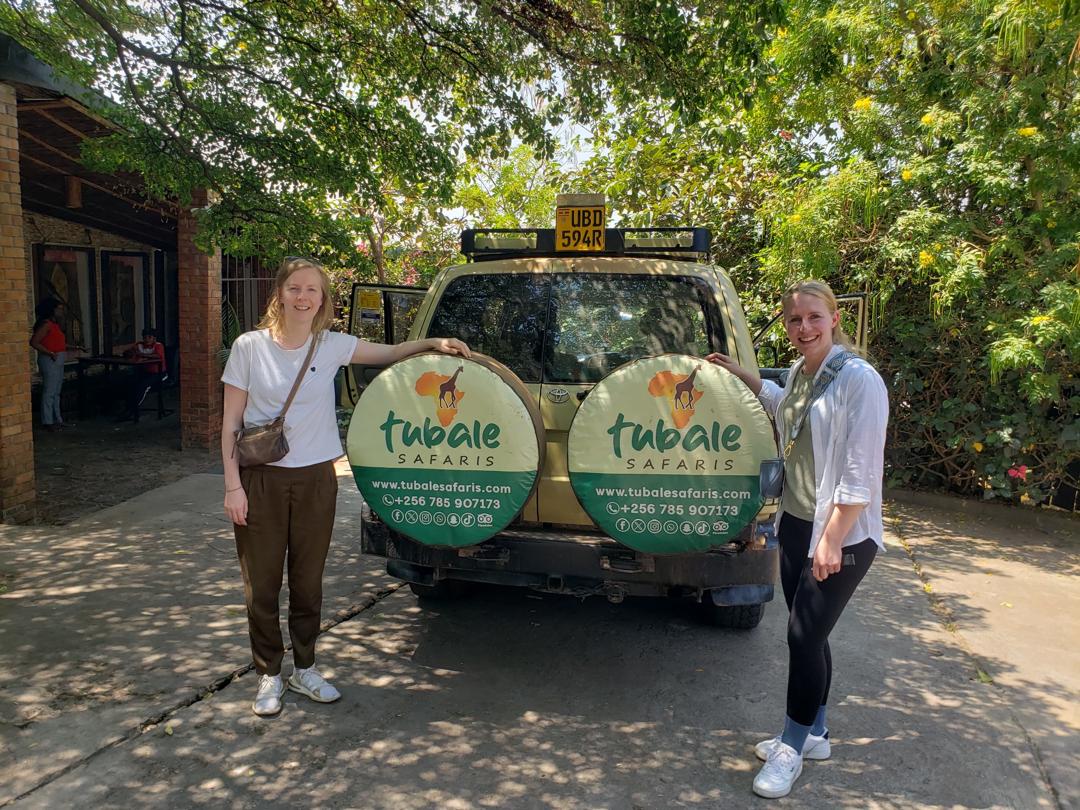
Understanding the Importance of Insect Repellent for Gorilla Trekking
In Volcanoes National Park, where gorilla trekking takes place, the lush, humid environment creates the perfect habitat for various insects. While trekking through the dense forests in search of the endangered mountain gorillas, you will encounter a range of flying and crawling insects. Insect repellent plays a critical role in protecting you from insect bites, which can lead to discomfort, irritation, or even potential diseases.
Preventing Mosquito Bites
One of the main concerns when trekking in Rwanda is the presence of mosquitoes. While malaria is less prevalent in Rwanda compared to some other African countries, it is still important to take precautions. Malaria is transmitted through the bite of an infected mosquito, and while there are no guarantees, using insect repellent significantly reduces the risk of mosquito bites, especially in areas like Volcanoes National Park where the climate is humid.
In addition to insect repellent, it’s advisable to wear long sleeves and pants to cover exposed skin and reduce your chances of getting bitten. If you’re traveling during the wet season, mosquitoes tend to be more active, and thus applying a quality repellent with a high concentration of DEET or other effective ingredients is essential.
Protecting Against Other Insects
While mosquitoes are the primary concern, there are also other insects you may encounter during your Rwanda safari. These include flies, ants, and tsetse flies, which can be found in the forested areas around Volcanoes National Park. Some of these insects can be quite aggressive and leave uncomfortable bites, while others, like tsetse flies, may pose a risk of transmitting diseases such as sleeping sickness.
The best way to avoid these pests is by using insect repellent that is designed to deter a wide range of bugs. Look for repellents that are effective against both mosquitoes and other biting insects. It’s also important to reapply the repellent during the day, particularly if you sweat or are exposed to rain. Keeping your skin covered with light clothing and avoiding areas with dense vegetation will also minimize your exposure to these insects.
How to Choose the Right Insect Repellent for Your Trek
When preparing for gorilla trekking in Rwanda, it’s important to select the right insect repellent. Not all insect repellents are created equal, and different types provide varying levels of protection against different species of insects. Here are some tips on how to choose the best repellent for your gorilla trekking safari:
DEET-Based Repellents
The most commonly recommended type of insect repellent for gorilla trekking in Rwanda is one that contains DEET (N, N-diethyl-meta-toluamide). DEET has been proven to be highly effective in repelling mosquitoes and other biting insects. For optimal protection, choose a repellent with at least 30% DEET for extended effectiveness.
Keep in mind that DEET can be harsh on the skin, so it’s essential to wash it off after the trek to prevent skin irritation. Applying the repellent to exposed skin, including your arms, legs, and neck, will help ensure full protection during your Rwanda safari.
Picaridin-Based Repellents
If you have sensitive skin or prefer a milder option, picaridin-based repellents are a great alternative. Picaridin is a synthetic compound that has a similar effectiveness to DEET, but it is less likely to cause skin irritation. Many people find picaridin-based products to be a good option for a comfortable and non-greasy application. When selecting a picaridin-based repellent, make sure it contains at least 20% picaridin for maximum protection.
Natural Alternatives
For those who prefer a more natural approach, there are also insect repellents made from essential oils like citronella, eucalyptus, and lemon balm. While these natural products are effective in repelling insects to a certain extent, they typically don’t provide the same level of long-lasting protection as DEET or picaridin. If you choose to use a natural repellent, it’s advisable to reapply it more frequently during your gorilla trekking safari.
The Climate and Environment of Volcanoes National Park
To understand why insect repellent is essential for gorilla trekking in Rwanda, it helps to consider the climate and environment of Volcanoes National Park. The park’s tropical climate, with high humidity and frequent rainfall, creates an ideal habitat for a variety of insects. The dense vegetation also provides ample hiding spots for insects, making it important to take protective measures during your trek.
Rwanda’s Volcanoes National Park is characterized by steep slopes, rugged terrain, and dense rainforests. As you trek through the thick underbrush in search of the gorillas, you will encounter areas with high humidity and wet conditions. This environment fosters the growth of insects, and while trekking through this natural habitat is exhilarating, it also means that you will be exposed to these bugs.
Therefore, applying insect repellent before you begin your gorilla trekking adventure will ensure that you stay protected from the bites of mosquitoes and other insects, allowing you to focus on the excitement of your encounter with the gorillas.
What to Expect During Your Rwanda Gorilla Trekking Experience
Aside from protecting yourself from insects, gorilla trekking in Rwanda offers a host of exciting experiences. As you embark on your trek through Volcanoes National Park, the primary goal is to locate one of the habituated gorilla families. The park is home to approximately 10 gorilla families, each with its own unique characteristics. Your guide, along with a team of rangers, will assist you in locating the gorillas and ensuring a safe and respectful visit.
While trekking through the dense forests, you may also have the opportunity to spot other wildlife, including various species of birds, monkeys, and other mammals. This experience is not only about the gorillas but also the rich biodiversity of the park.
In addition to the wildlife, Rwanda safaris offer visitors the chance to immerse themselves in the local culture. Many visitors to Volcanoes National Park choose to participate in cultural experiences such as visiting the nearby Iby’iwacu Cultural Village, where you can learn about the traditions and customs of the Rwandan people, particularly the Batwa community. This is an excellent way to enrich your Rwanda safari by gaining a deeper understanding of the region’s heritage and its people.
Combining Rwanda Gorilla Trekking with Uganda Gorilla Trekking
For those looking for a more comprehensive Africa safari, combining Rwanda gorilla trekking with Uganda gorilla trekking is an excellent option. Uganda’s Bwindi Impenetrable Forest and Mgahinga Gorilla National Park are also home to endangered mountain gorillas, offering a unique opportunity to see these incredible creatures in different habitats.
By combining gorilla trekking in Rwanda with Uganda tours, you can experience the diversity of both countries’ landscapes, cultures, and wildlife. You can begin your Rwanda safari with a trek in Volcanoes National Park and then travel to Uganda for a trek in Bwindi or Mgahinga, doubling the number of gorilla encounters. This combination offers an unforgettable adventure, making it a top choice for trek gorilla safaris in Africa.
Conclusion: The Essential Role of Insect Repellent for Rwanda Gorilla Trekking
In conclusion, insect repellent is an essential item for anyone embarking on a gorilla trekking safari in Rwanda. While the excitement of trekking through Volcanoes National Park to see the mountain gorillas is truly unparalleled, it’s important to be prepared for the various insects you may encounter along the way. By packing a high-quality insect repellent, you can protect yourself from mosquito bites and other insect-related discomforts, allowing you to fully enjoy the breathtaking experience of gorilla trekking in Rwanda.
As you plan your Rwanda safari, remember to consider the climate and environment of the park, and choose an insect repellent that suits your needs. Along with other essential gear, insect repellent will help ensure that your Rwanda gorilla trekking adventure is safe, comfortable, and unforgettable.

